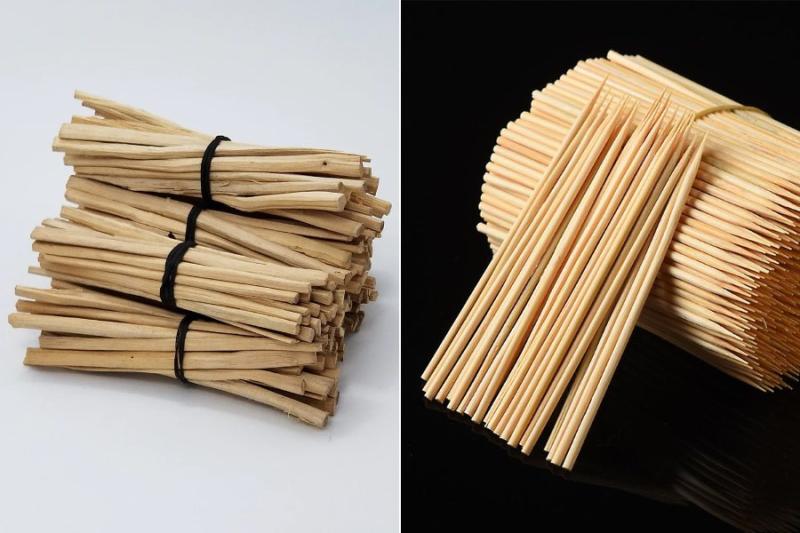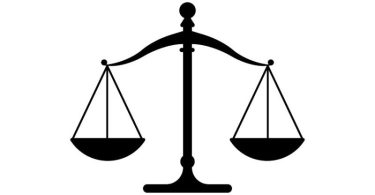A chewing stick is a twig or branch of a tree that is chewed on to clean teeth and freshen breath. In contrast, a toothpick is a small, pointed stick used to remove food particles from teeth. The main distinction is that chewing sticks clean teeth and freshen breath, whereas toothpicks are specifically used to remove food particles.
What is Chewing Stick?
A chewing stick is a small, natural twig or stem chewed to clean teeth and freshen breath. It is a traditional oral hygiene tool used by various cultures throughout history, particularly in areas where toothbrushes and toothpaste were unavailable. Chewing sticks are typically made from the twigs or stems of multiple trees or plants, including neem, cinnamon, liquorice, and olive. Chewing sticks have been shown to have several benefits for oral health. Chewing sticks, for example, can aid in removing food particles and debris from the teeth, stimulate saliva production, and reduce the risk of gum disease and tooth decay. According to some research, chewing sticks may also have antimicrobial and anti-inflammatory properties that can help protect against oral infections.
Chewing sticks are thought to have cultural and spiritual significance in some communities and their oral health benefits. Chewing sticks, for example, are common in many African and Asian countries and are frequently associated with traditional medicine and spirituality. While chewing sticks can be effective for maintaining oral hygiene, they must be used safely and appropriately. It is best to use fresh, clean sticks and to avoid using sticks that are too hard or abrasive, as this can cause tooth and gum damage. It is also critical to continue brushing and flossing regularly and seek advice from a dental professional if you have any concerns about your oral health.
What is Toothpick?
To properly care for one’s teeth, a toothpick is an indispensable tool for removing food particles and plaque between them. A toothpick is a small, pointed stick typically measuring two and three inches long, made of wood, plastic, or another material. Ancient cultures as diverse as the Greeks, Romans, and Chinese used toothpicks of varying designs and materials. Toothpicks have multiple uses in different cultures, including ear-cleaning tools and serving utensils for garnishes.
When used correctly, toothpicks are an easy and effective way to keep your mouth clean and free of cavities and gum disease. These days, toothpicks come in all sizes and shapes and can be found in most supermarkets and drugstores. Some toothpicks are intended to be used only once before being thrown away, while others can be reused many times after being cleaned. Even though toothpicks are a great way to clean in-between your teeth, they can cause damage to your gums and teeth if not used properly. Dentists advise their patients to use toothpicks sparingly and with extreme care.
Difference Between Chewing Stick and Toothpick
Chewing sticks and toothpicks are used for oral hygiene, but their composition, function, and cultural significance differ. A chewing stick is a natural, typically wooden, stick used to clean teeth and freshen breath. It is a traditional tool used in many cultures for thousands of years, particularly in Africa and Asia. Chewing sticks are made from the twigs or stems of plants with natural antimicrobial properties, such as neem, cinnamon, or miswak. Chewing on the stick releases these properties, which aid in the cleaning of teeth, the freshening of breath, and the prevention of dental diseases.
On the other hand, a toothpick is a small, usually wooden or plastic stick used after eating to remove food particles from between the teeth. Toothpicks are intended to be inserted between the teeth to dislodge any food lodged there. They are not intended to replace but rather to supplement brushing. To summarize, chewing sticks and toothpicks serve distinct functions in oral hygiene. Chewing sticks use natural antimicrobial properties to clean the teeth and freshen the breath, whereas toothpicks are used to remove food particles from between the teeth after eating. Chewing sticks have cultural significance in many parts of the world because of their traditional use and natural properties.






